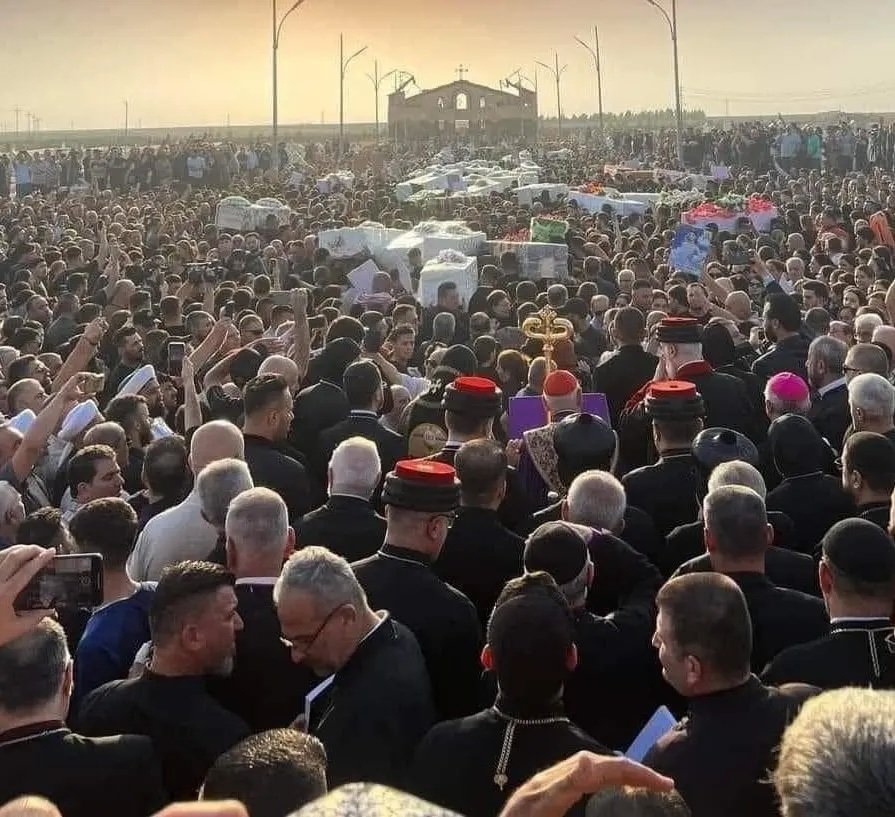Suret Must Survive: Why Our Language Matters Now More Than Ever.
Suret is more than a language—it is the echo of an ancient civilization, the thread that weaves together scattered communities across continents. In Suret Must Survive, Onita M. Narso delivers a powerful call to action, reminding us that the survival of this Eastern Neo-Aramaic language is tied to the survival of a people, their stories, and their soul. From the lullabies sung in refugee tents to the prayers whispered in diaspora churches, Narso paints a vivid picture of a heritage on the brink. Yet, she also offers hope: revival is within reach if we choose to speak, teach, and cherish Suret—flaws and all. This is more than a linguistic movement; it is a cultural reclamation, a resistance to forgetting, and an invitation to remember who we are.
The Unseen Legacy: Assyrian, Chaldean, and Syriac Influences in World History and Our Quest for Recognition.
The widespread lack of knowledge regarding Assyrians, who unite both Chaldean and Syriac groups under their name, is a lamentable reality. Assyrians are best known for pioneering advanced irrigation methods, crafting weapons, and using looms for weaving wool. In addition, Assyrians led a substantial empire and controlled an expansive amount of cities, namely Nimrud and Nineveh. Assyrian influence in world history is undeniable, yet the question remains: why aren’t Assyrians widely represented?
Remembering Mar Eshai Shimun: A Legacy of Faith, Leadership, and Martyrdom
Mar Eshai Shimun was born on February 26, 1908, into a distinguished Assyrian family with deep religious and cultural roots. Raised in Qudchanis, Turkey, he was trained from a young age in theology and liturgy under the guidance of Archdeacon Thoma of Ashita and his uncle, Mar Yosip Khnanisho, the Metropolitan of Shemsdin. His family’s legacy of leadership was substantial: his great-uncle Mar Rowil Shimun had served as Patriarch, and his uncle, Mar Benyamin Shimun, was tragically assassinated in 1918. This lineage placed Mar Eshai Shimun at the center of Assyrian leadership from an early age.
In 1920, at only twelve years old, Mar Eshai Shimun became the Patriarch of the Assyrian Church of the East following the unexpected deaths of his predecessors. His ascension came during a turbulent period for the Assyrian people, marked by displacement and persecution. To further his education, he studied in England, developing a commitment to ecumenical dialogue and international relations. Over the years, he gained recognition as an advocate for Assyrian rights and cultural preservation, working to unite the Assyrian diaspora and modernize the church’s role in addressing contemporary issues.
Throughout his tenure, Mar Eshai Shimun remained a vital figure for Assyrians worldwide, engaging with global religious organizations and earning honors from institutions such as the American Historical Society. Tragically, his life ended in 1975 when he was assassinated in California, an event that deeply impacted the Assyrian community and underscored internal tensions and external pressures they faced. His burial in Turlock, CA, honored his legacy in a place where the Assyrian diaspora was actively preserving its heritage. Mar Eshai Shimun’s dedication left an indelible mark on the Assyrian Church and its people, who remember him as a visionary leader devoted to faith, community, and cultural resilience.








